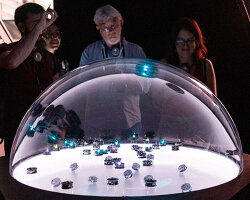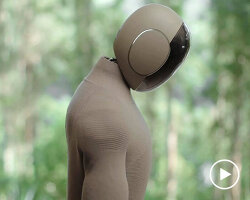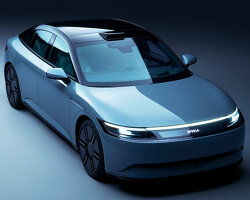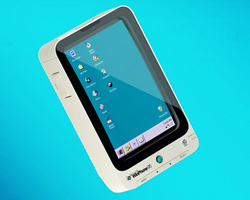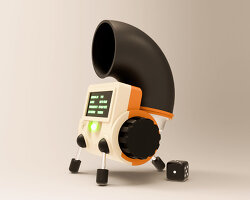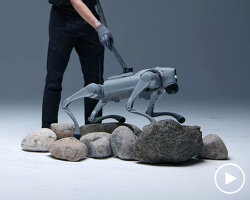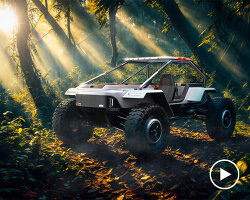entrepreneurs edwin bos and martijn lukaart have built a mobile, beach-cleaning robot that can spot cigarette butts, pluck them out and dispose of them in safe bins. dubbed BeachBot — BB for short — the robot uses artificial intelligence to find the cigarette butts and to learn the best way to pick them up. the AI-based detection algorithm was created by TechTics (a consultancy based in the hague founded by bos and lukaart) and students from delft university of technology, who used microsoft’s trove, an app that connects AI developers with photo-takers worldwide to feed the robot with millions of cigarette pictures for it to recognize them.
‘that’s the most interesting part of our concept – we have a human-robot interaction where the public can help make the robots smarter,’ bos said.
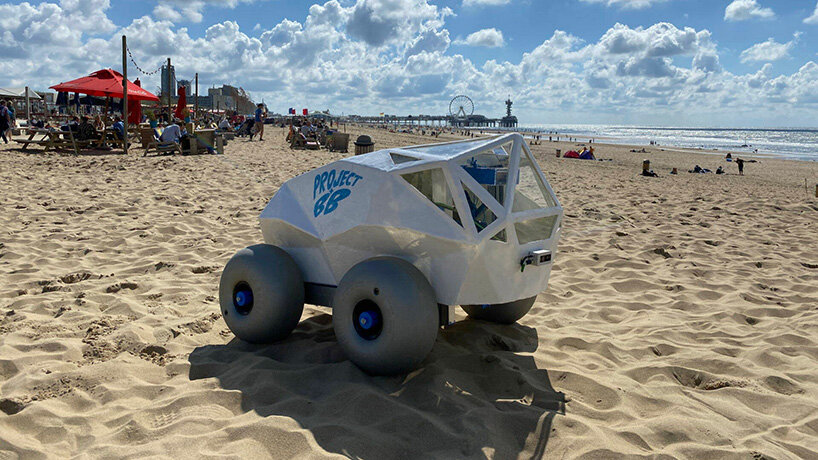
images courtesy of BeachBot
to detect the trash the BeachBot must pick up, some level of smart must be part of the solution. using machine learning, the robot can decide what to pick up, preventing the robot from inflicting damage by removing other objects, such as shells. besides selectivity, machine learning also allows for more flexibility. as the robot can also learn new litter to future-proof itself. space and power constraints make it harder to make the robot smart. to solve this, the robot uses specialized hardware running efficient implementations. additionally, the implementation will allow for future iterations to support cloud computation.
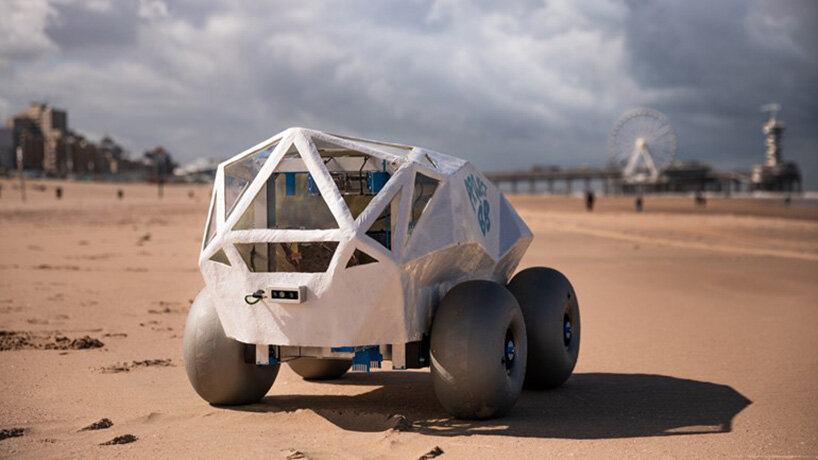
the gripper of the robot must be able to move in 3D space. this is partly facilitated by a cartesian movement system, where two motors fixed to the frame allow movement in two directions (up/down and right/left). there are several advantages of such a system: it is very stable which as a result allows the design of a lightweight frame, light motors, low energy consumption and easy control compared to, for example, a robot arm. stepper motors are used to drive the system that consist of belts and linear bearings sliding on axles. these motors can facilitate a holding torque, that keep the gripper firmly in position. an important design challenge is the protection of these linear moving elements against sand and corrosion: this is achieved with folding bellows and lubrication.

during its first demo, BeachBot scooped up 20 cigarette butts in 30 minutes. to do so, the 80-centimeter wide robot uses two onboard cameras to look ahead and down. once it spots a filter, it lowers two gripper arms that push the sand together and grab the filter, which is pulled up and into an internal bin. it then needs to be emptied by humans.
‘we start with cigarette butts. that’s the world’s most littered item,’ bos concluded. ‘in the future, we want the robots to detect a range of other litter.’
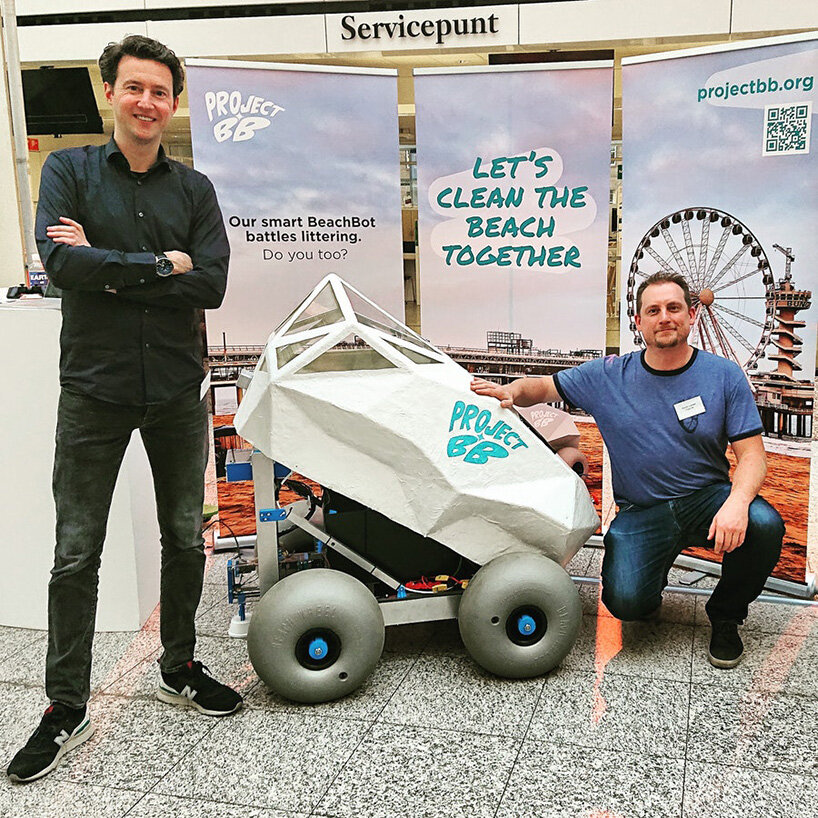
project info:
name: BeachBot
created by: TechTics
in collaboration with: TU Delft students
AI software: microsoft trove

